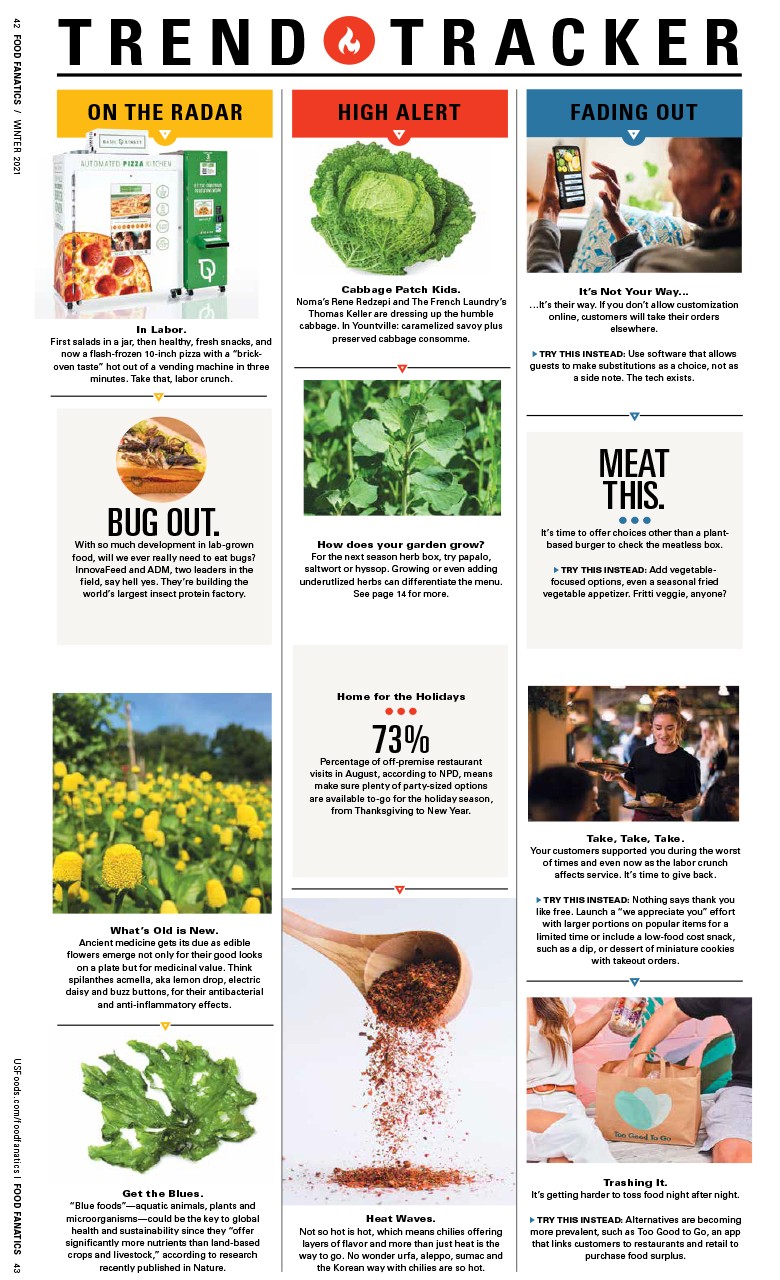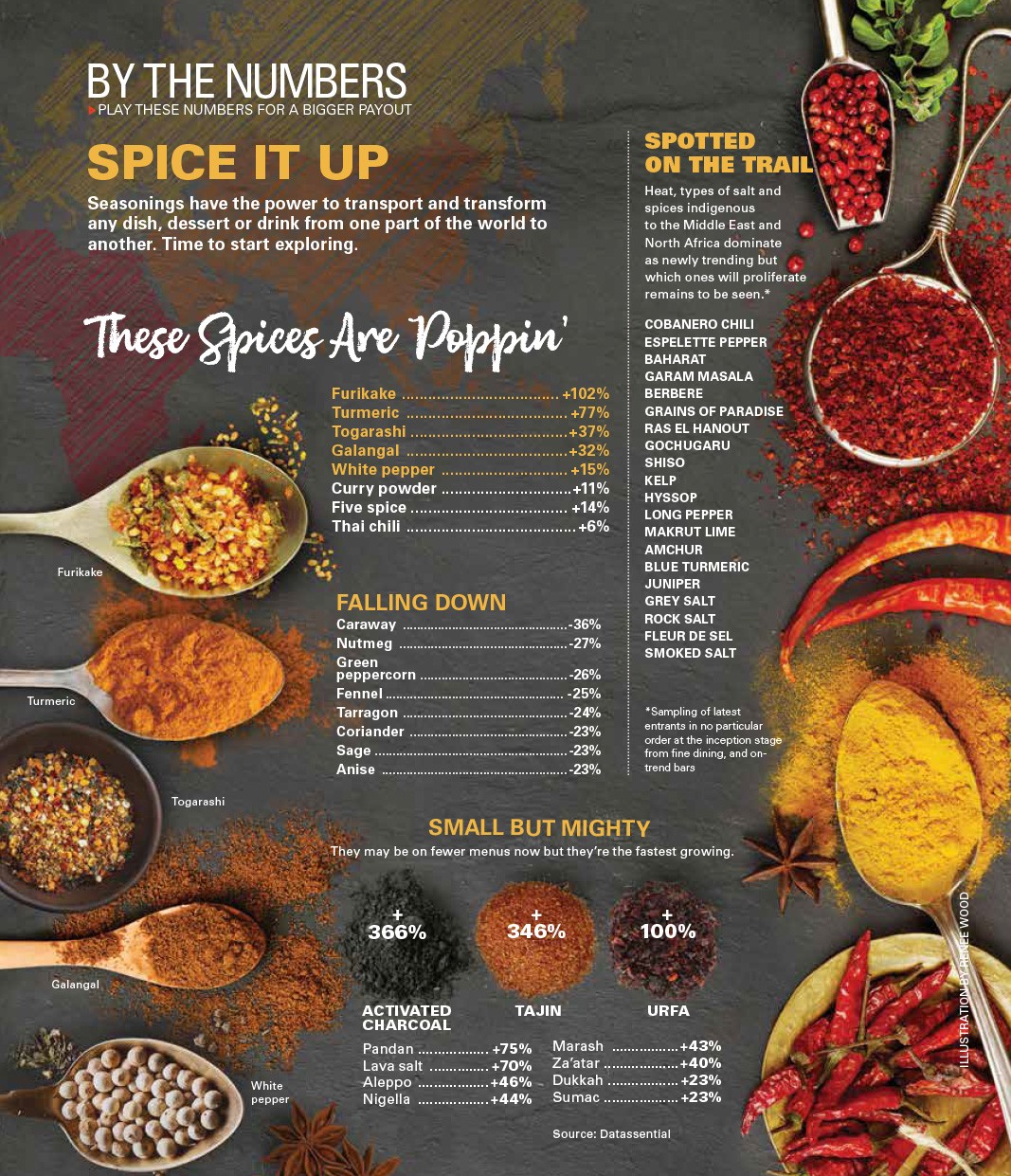HEED THIS
Counsel from in-the-trenches pro, US Foods Restaurant Operations Consultant leader, Lance Reynolds.
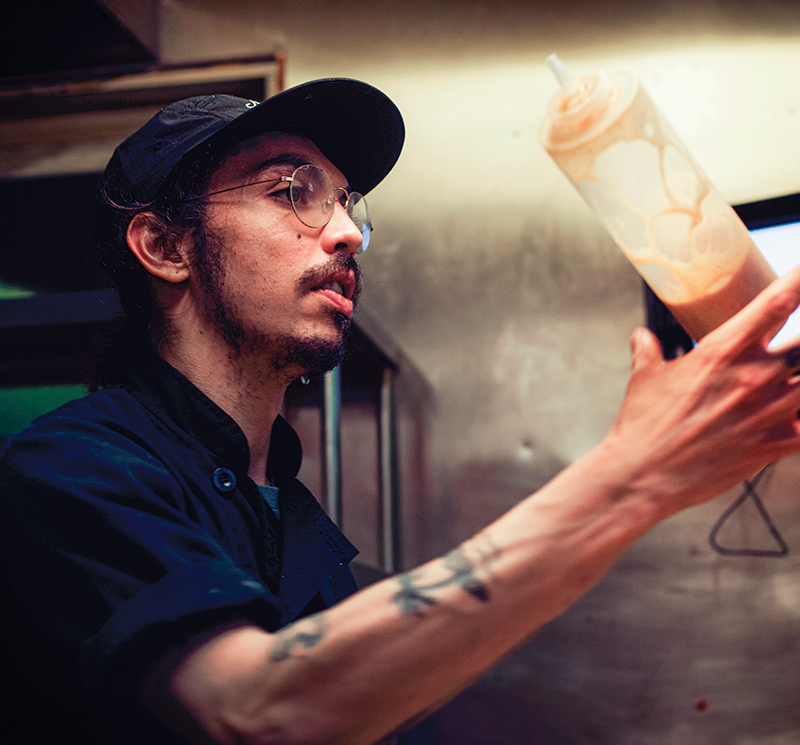 ►Applause to those who adjusted when the pandemic blew inefficiencies in the industry wide open. Many restaurateurs and operators emerged from the lockdown trials of last year with a new perspective on the business and the scars to prove it.
►Applause to those who adjusted when the pandemic blew inefficiencies in the industry wide open. Many restaurateurs and operators emerged from the lockdown trials of last year with a new perspective on the business and the scars to prove it.
Lance Reynolds, who leads the restaurant operations consulting program at US Foods®, was on the ground with operators before and during the crisis. He’s advised thousands of restaurants over the last eight years and has seen first hand why they succeed or fail, regardless of a pandemic. Some observations over the last 18 months follow on where the industry is heading:
Q. Have you found it easier to get clients to take your advice?
“I just listened to a podcast about blind spots. Restaurateurs were operating not just with blind spots but putting blinders on. Pre-pandemic, the biggest obstacle was to get them to think in new directions, to open their minds and start making decisions anticipating labor shortages, increased food costs and basics like offering online ordering. You’d think that would be an easy conversation, but it was daunting. Going from, ‘Nah, my customers aren’t that into tech and my staff don’t want schedules on their phones,' the pandemic blew that thinking away.”
Q. Will the restaurant experience now go back to what it was?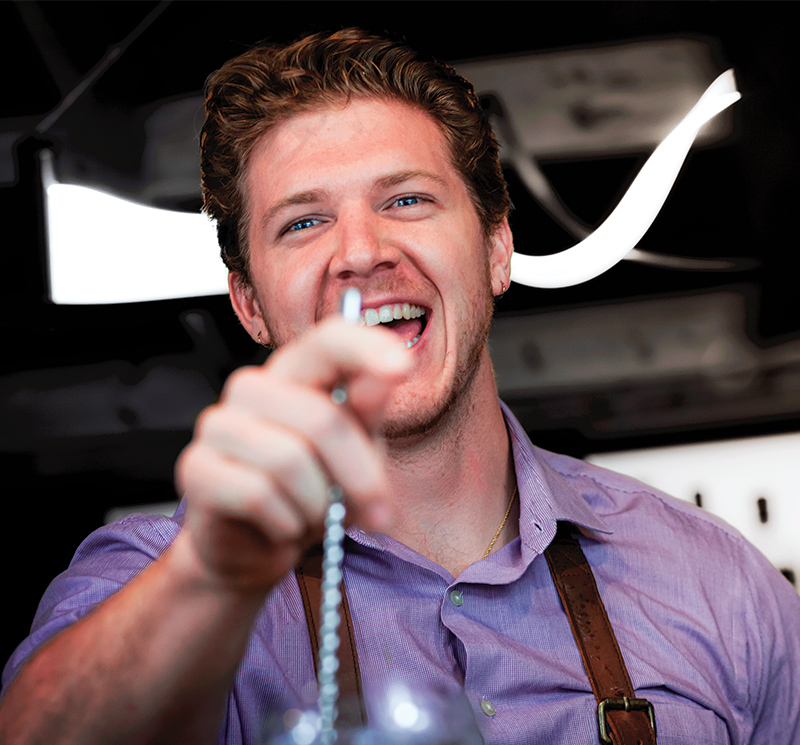
“The biggest thing that I think doesn’t get talked about enough is the evolving stages of not just how the operator looks at the business but also how the consumer does. The consumer evolved a lot during the pandemic, using the phone to communicate with the restaurant in every way possible. Due to the pressures of March 2020, they were forced to utilize technology and spent an entire year doubling down on online orders without customers in the restaurant asking for their attention. Restaurants now have customers who want to continue with just online ordering and those who are back to in-restaurant dining. These are two businesses, and you have to support both.”
Q. Are you seeing optimism or panic?
“I see both optimism and panic. But that’s a mindset. If you came into the pandemic with one mindset, you came out with an even more enhanced view of that. I am incredibly optimistic. I think even with inflation and supply chain issues and staffing issues, people can make a lot of money. Not just a nice, sustainable gig, but with help, they can become wealthy.”
Q. Is the labor shortage real?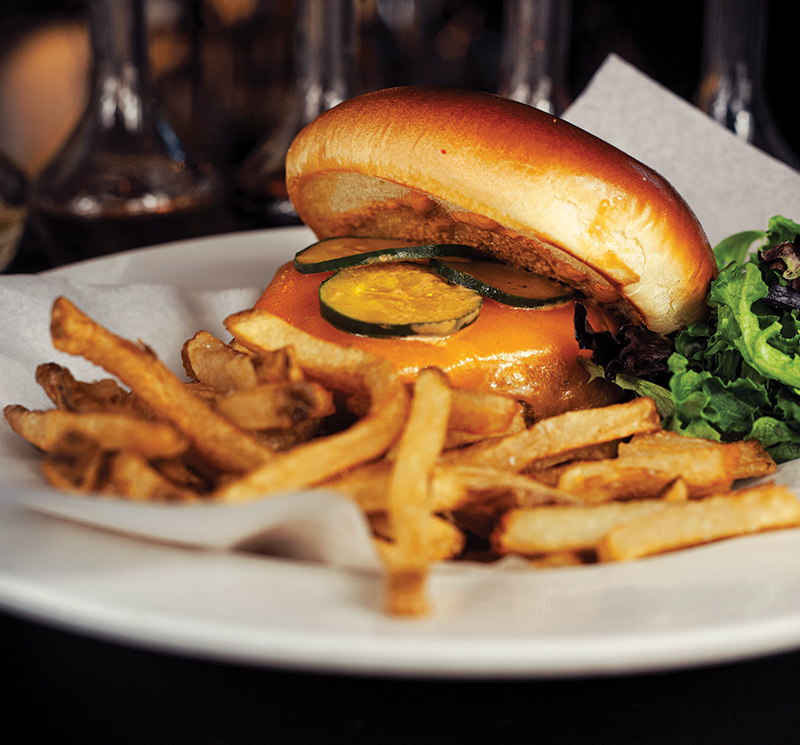
“Where owners or operators are falling down right now is in how they attract employees. You have to be creative. Craigslist and Indeed are not going to get you the employees you want. I’m working with a restaurant group in Flagstaff (Arizona) and suggested they create a marketing video, sort of a tourism video. Minimum wage is higher there than in the rest of the state. So, half of the video is about what it’s like to live in Flagstaff, hiking, biking, snowboarding. The other half is the staff working, cooking, at the bar. That restaurant group now has more applications and people wanting to work for them than at any time in their 12-year history. The message to operators: Think about them as human beings, not just applicants.”

Q. What might never return?
“Difficult, temperamental chefs. I think that’s gone. People being OK with just a paycheck. Bible menus: massive menus that cater to everyone. Burn your clipboards; there’s an app for that. Technology and automation should be replacing paper and pencil.”
Q. Any predictions?
“The next huge shakeup? Robotics. Chopping, cooking and even delivering food to the table. There’s a really great book called, ‘Built to Last: Successful Habits of Visionary Companies’ (By Jim Collins and Jerry I. Porras, Harper Business, 2002). They talk about the tyranny of the ‘or.’ Either/or. If we say, ‘If we implement tech, then hospitality goes out the 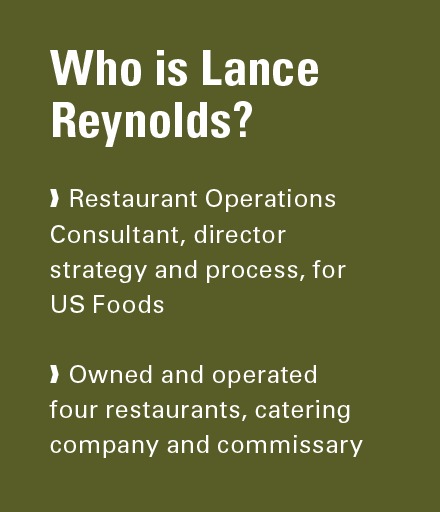 window,’ but that’s not true. There’s nothing hospitable about waiting for your server to pay attention to you to order your second drink.”
window,’ but that’s not true. There’s nothing hospitable about waiting for your server to pay attention to you to order your second drink.”
Q. What are some key points to focus on going forward?
“Get your menu down – way down. Don’t think about all the things the customer might want. If it’s not available because of supply chain issues, why are we talking about it? Lean in hard on social media. People are looking for restaurants on their phones, they’re not walking down the street looking for menus in windows. Use all technology available. And if you provide a really great place to work, build a really great culture, then message that out to the community.”


